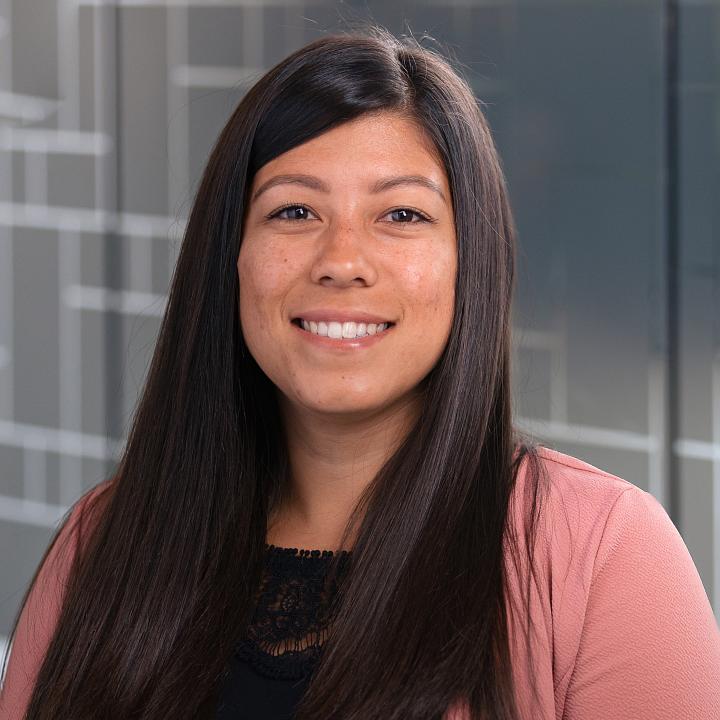
Medical Student Education
The Department of Radiology and Imaging Sciences offers many opportunities for medical students to learn about the field of radiology, ongoing technology advancements, and new treatment options, all of which make this specialty a unique career path. Students will be exposed to a broad array of imaging modalities and subspecialties, with an emphasis placed on understanding how to effectively and appropriately use medical imaging in clinical practice. We aim to provide a world-class, supportive learning environment by teaching medical students the crucial role radiology plays in the diagnosis and treatment of disease.
Learn with Us
The radiology courses offered in our department are clinical electives for 3rd and 4th year medical students. Students will work closely with our radiology attendings, fellows, and residents, receiving instruction through lectures, online case practices, and reading room mentorship. Students will participate in case conferences and radiology subspecialty topic-based conferences offered through the department. A clinical observation experience (shadowing) is another opportunity available to medical students, especially 1st and 2nd year students, who are interested in exploring radiology as a specialty.
Radiology is always at the leading edge of medicine - our physicians help to diagnose pathologies and injuries in a variety of areas within the human body including the brain, musculoskeletal system, lungs, heart, breast, and just about any organ or system within the body. What's more, our interventional radiologists lead the field in developing new minimally-invasive surgeries and therapeutic procedures guided by imaging. We take great pride in pioneering radiology advancements and being among the best in medical education. We extend an invitation to all medical students in joining us in this exciting field!
Our Courses
Course Director: Jeffrey Olpin, M.D.
This four-week general elective course is designed to provide students with an overview of the various radiology subspecialties including cardiothoracic imaging, abdominal imaging, musculoskeletal imaging, neuroradiology, breast imaging, nuclear medicine/molecular imaging and interventional radiology. Students will attend daily didactic lectures, case-study conferences, and will rotate in various reading rooms at University of Utah Hospital and the Huntsman Cancer Institute. Self-paced digital learning modules and one-on-one mentorship from our radiology faculty, fellows, and residents provide valuable instruction for medical students pursuing any specialty in medicine.
Course Director: Jeffrey Olpin, M.D.
This two-week elective provides a general overview of abdominal imaging. The course is intended to introduce students to the various modalities employed in abdominal imaging, including conventional radiography, fluoroscopy, ultrasound, CT (computed tomography) and MRI (magnetic resonance imaging). At the conclusion of the two-week course, students should gain a familiarity with the appropriate ordering, protocoling, and interpreting of fundamental imaging studies within abdominal imaging.
Course Director: Keshav Anand, M.D.
This two-week elective serves as an introduction into the world of Interventional Radiology. The rotation involves full clinical days of morning rounds, patient consultations, and clinical procedures. Students should anticipate direct and indirect involvement in procedures to include observation, scrubbing and first-assist roles. Students attend didactic sessions offered during the rotation and will receive one-on-one mentoring by interventional radiology faculty, fellows, and residents in this hands-on course.
Course Director: Miriam Peckham, M.D.
This two-week course in Neuroradiology encompasses the multiple different imaging modalities and procedures integral to brain, spine, head, and neck imaging. The primary objective is to have the student finish the rotation with a solid foundation in neuroimaging and its clinical correlates, as well as a good understanding of radiology as a potential career choice. Students not interested in a radiology career, but who are interested in associated neurological specialties and desire a solid exposure to neuroimaging are also welcome to register. The student is expected to participate in the daily work including designation of appropriate study protocols, review of selected studies, and development of a differential diagnosis list.
Course Director: David Strain, M.D.
This four-week sub-internship rotation with the Vascular and Interventional Radiology section is meant to simulate the role and responsibility of an IR resident. Students will be required to participate in the full clinical day including morning rounds, case preparation, consults, procedures, and sign-out. IR is a procedure rich specialty and Sub-Interns will be expected to participate in procedures in various capacities. Students should be competent in performing small image-guided procedures by the conclusion of the rotation, including central venous access, and pleural and peritoneal drainage. Student will attend didactic sessions from the IR team during the rotation. This rotation is highly suggested for those applying to interventional radiology residencies or students who want specific training in interventions.
Visiting Students
Our department offers year-round elective opportunities to visiting students through the AAMC Visiting Student Learning Opportunities (VSLO) program. The program enables medical students to pursue short-term learning opportunities away from their home institute which can enhance student education. Visit the VSLO website to learn more about these opportunities.
Please refer to our School of Medicine Visiting Students webpage to learn about the visiting student application process, start dates, costs, housing, and more.
*Note: All visiting students are required to apply through the VSLO program.
Clinical Observation Experience (Shadowing)
We offer clinical observation experiences (also known as shadowing) for students to gain exposure to the world of radiology. Students work side-by-side with our talented team of radiologists, fellows, and residents in reading rooms and in the clinical setting. If you are interested in shadowing the radiology technologist team because you are planning on applying to the radiology technologist program, please use this link instead.
Students who are interested in a clinical observation experience can request an opportunity by emailing Jessica Colon and including the following information:
- Your name and year in medical school
- Your preferred time frame for shadowing
- Any preferences for clinical section - see our faculty drop-down menu above for a quick list of our sections
